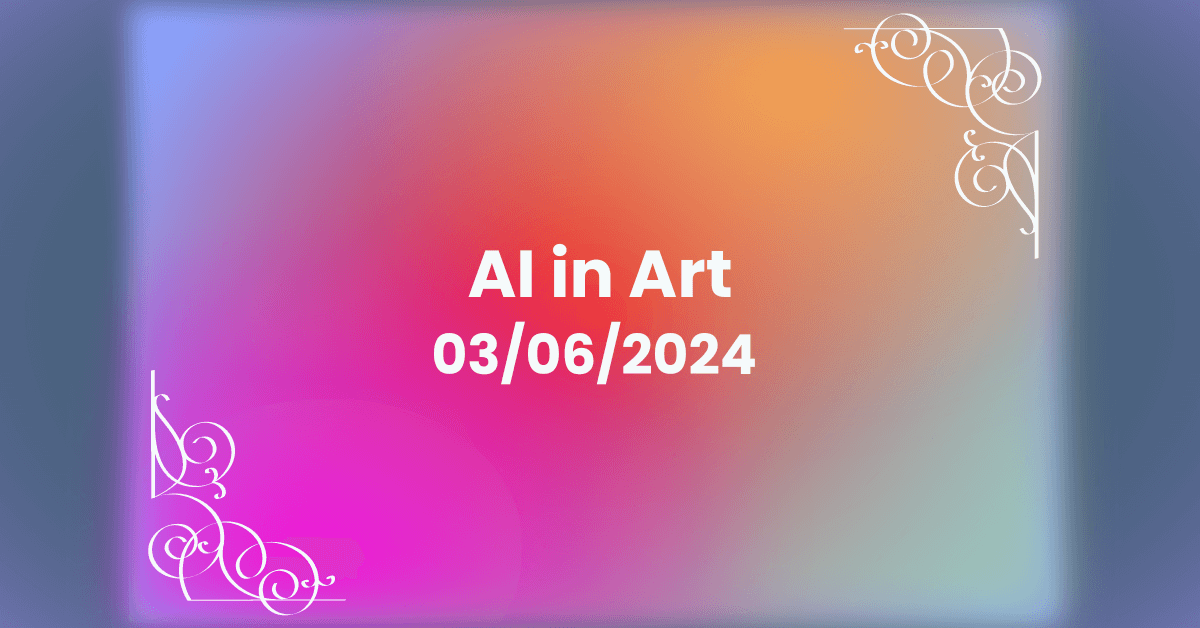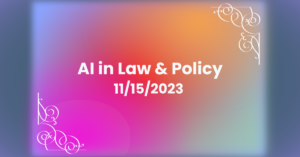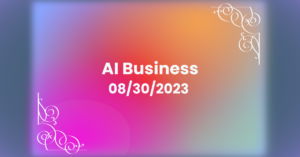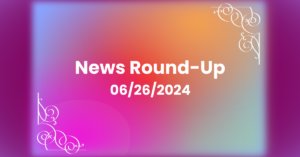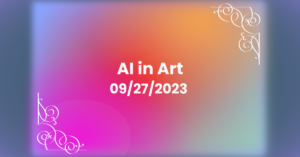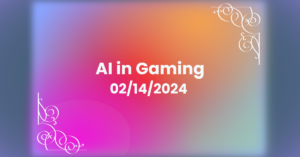Creativity and Technology: Debating the Authenticity of AI Art
The question of whether AI-generated art qualifies as genuine human expression is a complex and contentious one, straddling the boundaries of creativity, technology, and humanity. Proponents argue that AI art represents a novel form of creative expression, merging the capabilities of algorithms with human input to produce compelling works. Detractors, however, often contend that true artistry stems from the depths of human emotion, experience, and intention, elements they argue are absent in machine-generated creations.
At the heart of this debate lies the definition of art itself. Traditionally, art has been viewed as a reflection of human thought, emotion, and experience, a product of conscious deliberation and subjective interpretation. From this perspective, AI-generated art, while impressive in its technical execution, may lack the inherent depth and meaning attributed to human-made works. AI algorithms, after all, operate based on predefined rules and patterns, lacking the capacity for genuine emotion or personal experience.
Moreover, the prevalence of AI art continues to raise innumerable questions about authorship and originality, both practical and philosophical. Can algorithms truly claim ownership of their creations, or do they merely mimic the styles and techniques of human artists? The facts are that the process of generating AI art often involves training algorithms on vast datasets of existing artworks, leading some to argue that AI art is wholly derivative rather than truly innovative. Additionally, the role of human programmers and artists in shaping AI-generated works further blurs the lines of authorship, complicating our understanding of where human creativity ends and machine intelligence begins.
However, despite these concerns, there is value in embracing and challenging the prospect of AI art as a legitimate form of creative expression. Although AI algorithms don’t have human consciousness, we now frequently witness their capacity to create fresh and stimulating imagery in real-time, pushing the limits of artistic innovation. By collaborating with AI systems, human artists can explore new techniques, expand their creative horizons, and challenge conventional notions of artistry, which has always been a staple of what makes Art…well…”Art”, in so many words.
Despite my personal reverence for art history and more cynical takes on preserving “human art” whilst we stand under the looming shadow of the AI behemoth, even I have to admit that AI art has the potential to further democratize the creative process, making art more accessible and inclusive to people from diverse backgrounds and skill levels. So on some front, a notable percentage of debate around whether AI art is met with positive or negative notions comes down to artistic gatekeeping– something I tend to find we’re all guilty of on some level as humans. While the future of mass acceptance of AI art in the zeitgeist is up for debate, only time will tell whether the future of art history and schooling is one that will ultimately embrace AI art.
The question of whether AI art qualifies as real human art is a multifaceted one, with no easy answers. While AI-generated works may lack the depth and emotional resonance of traditional human-made art, and common consensus is that much AI art has a specific “look” to it, these works nonetheless represent a significant advancement in the intersection of technology and creativity– that much is undeniable. As we continue to explore the possibilities of AI art, it is essential to approach with caution, mindful of the ethical, cultural, and philosophical implications. By embracing AI art as a complement rather than a replacement to human creativity, we might actually foster a more inclusive and innovative artistic landscape for generations to come. Gatekeepers be warned, the future is here for better or worse, so let us make the best of it by being vocal in the art community, shaping and defining ethical use of AI for art, while we still have the ability to do so. 😉🤖

